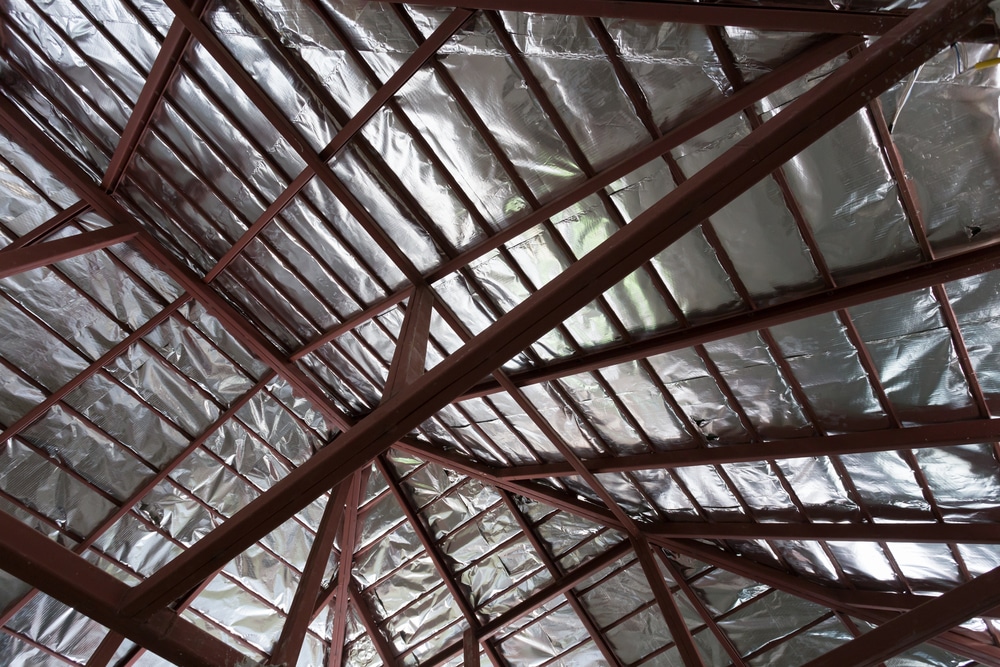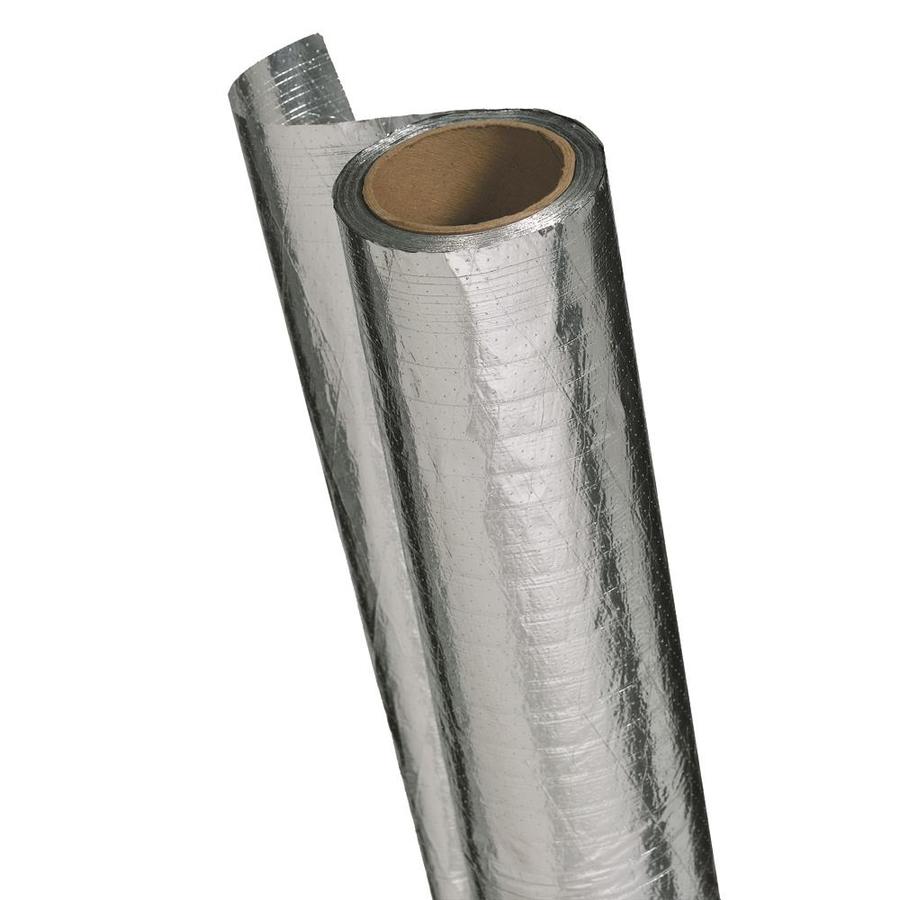
- #Radiant barrier insulation install
- #Radiant barrier insulation code
- #Radiant barrier insulation free
This cookie is set by GDPR Cookie Consent plugin. The cookies is used to store the user consent for the cookies in the category "Necessary". The cookie is used to store the user consent for the cookies in the category "Other. The cookie is set by GDPR cookie consent to record the user consent for the cookies in the category "Functional". The cookie is used to store the user consent for the cookies in the category "Analytics".

These cookies ensure basic functionalities and security features of the website, anonymously.
#Radiant barrier insulation free
In Florida and other sunny climates, radiant barriers can make a huge difference.įor the strongest and most effective radiant barrier for your Florida home, contact the experts at Home Service Heroes! Schedule your free consultation today by giving us a call or filling out a contact form.Necessary cookies are absolutely essential for the website to function properly. It makes sense to reduce this energy consumption as much as possible.

Over half of the energy used in the average U.S. Tampa Bay’s Favorite Radiant Barrier Installers
#Radiant barrier insulation code
To ensure proper installation and code compliance, hire a certified installer.

The reflective insulation is normally installed between wood-frame studs, joists, rafters, and beams.įoil-type insulation will conduct electricity and is susceptible to dust and moisture accumulation. Radiant barriers and reflective insulation systems can be combined with other insulation for unfinished walls, ceilings, and floors. Radiant Barrier Installation in Tampa Bay
#Radiant barrier insulation install
As soon as you install a radiant barrier, your attic will be noticeably cooler and your electric bills quickly lowered. Radiant barriers are especially effective if you have your HVAC system located in the attic. Dust and dirt can reduce the ability of the material to reflect radiant energy.Īccording to the Energy Department, if properly installed, radiant barriers can add another R-2 to the overall thermal resistance. The higher the temperature difference between both sides of the radiant barrier material, the more effective it is. In order for radiant barriers to work properly, the reflective side must face the air space. Many radiant barriers are made of fiber-reinforced material to increase strength and durability. Radiant barriers use a highly reflective material, usually aluminum foil, on one or both sides of a variety of different backings, such as: While radiant barriers are most effective against solar heat gain and downward heat flow, they can also help reduce heat loss in the winter by blocking radiant heat from escaping. The radiant barrier helps reflect heat away from the attic and underside of the roof.

When the sun’s radiant energy beats down on your home, the hot roof material begins to radiate heat energy into the attic. That’s where radiant barriers and reflective insulation systems come in. Traditional insulation materials, such as fiberglass, helps slow conductive heat flow (and some convective heat flow), but is powerless against radiant heat gain (infra-red radiant energy). Heat travels from one place to the next by a combination of conduction, convection, and radiation. Similar to space blankets worn by hikers, athletes, astronauts, surgeons, and others, radiant barriers use thermal-reflective material to keep heat out while also working to keep heat in. Luckily, you can shield your home from the powerful Florida sun with radiant barrier insulation. The solar heat beats down on your roof and permeates through the insulation into your living spaces. With an annual average of 230 days of sun, it’s like summer year-round in the Sunshine State. Radiant Barrier Attic Insulation Why Florida Homes Should Have Radiant Barrier Insulation


 0 kommentar(er)
0 kommentar(er)
